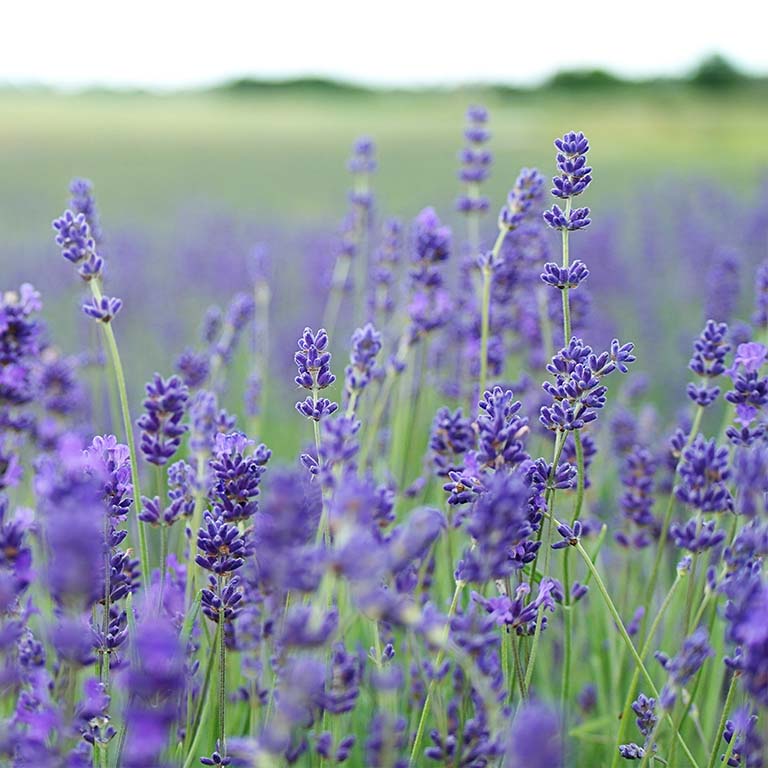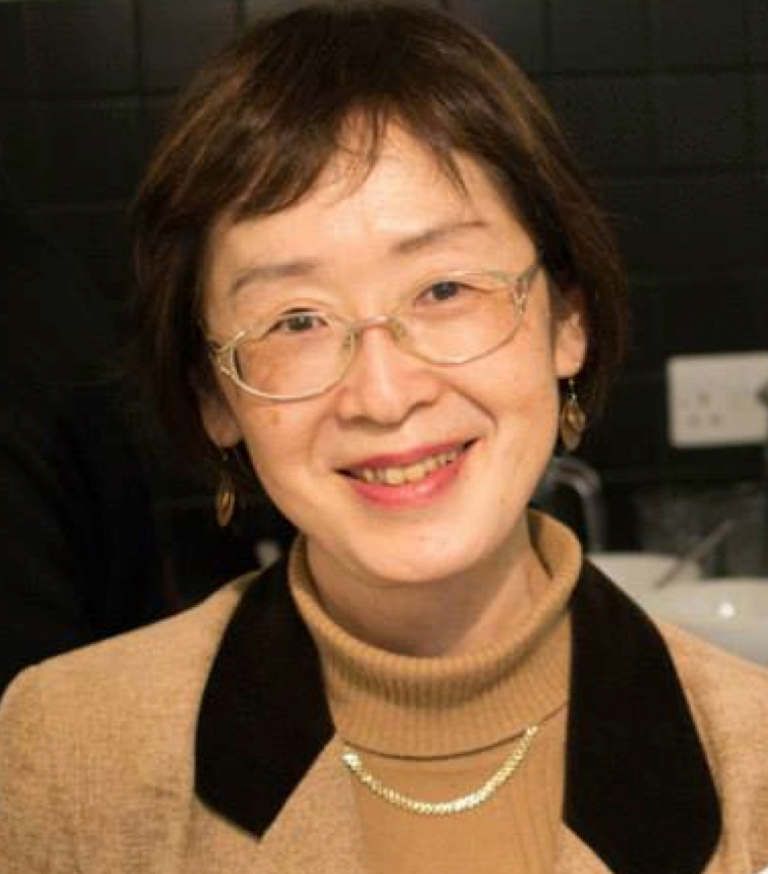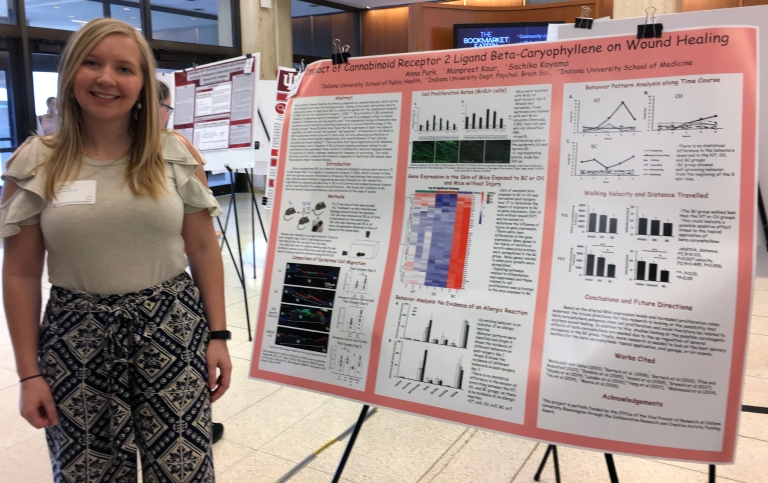"It's an example that essential oils work; however, it's not through our sense of smell."
Essential oils are natural, concentrated oils extracted from plants. Their use by humans dates back to ancient Egypt, but the scented oils have experienced a resurgence in popularity in the U.S. over the past few years, with many people using them for aromatherapy.
Koyama, whose original field of study is pheromones, said she wasn't interested in essential oils at first. The project started when she saw several students studying the wound healing process in mice in the Medical Sciences Program at the IU School of Medicine-Bloomington. Having previously worked in the IU College of Arts and Sciences' Department of Psychological and Brain Sciences, where scientists are working with cannabinoid receptors, Koyama knew that beta-caryophyllene activates not only olfactory receptors but also cannabinoid receptor 2 (CB2), which has anti-inflammatory impact when it is activated.
"In the wound healing process, there are several stages, starting from the inflammatory phase, followed by the cell proliferation stage and the remodeling stage," she said. "I thought maybe wound healing would be accelerated if inflammation was suppressed, stimulating an earlier switch from the inflammatory stage to the next stage."
This accelerated the wound healing process, she said, but the resulting change in gene expression indicates that the improved healing is not merely achieved through activation of the CB2 receptor.
"It's possibly more complicated," Koyama said. "Our findings suggest the involvements of some other routes in addition to CB2. I hope to clarify the mechanisms of action in the near future."



 The College of Arts
The College of Arts